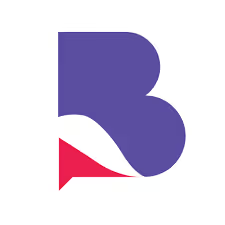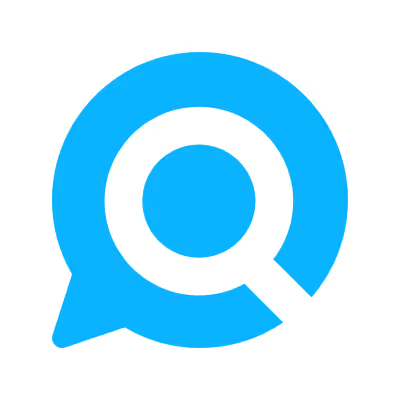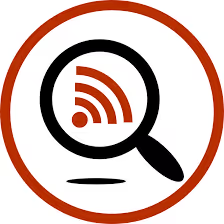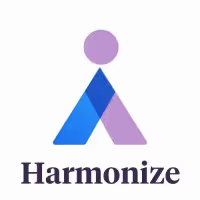What is social listening?
Social listening is the process of tracking online conversations to understand customer opinions and trends.
What can social listening do?
Social listening helps identify customer needs, track brand reputation, and spot emerging trends in real time.
How does social listening work?
It collects data from social media and analyzes it using keywords and sentiment to provide actionable insights.
Is social listening easy to set up?
Yes, most tools offer simple setup with ready-to-use dashboards and customizable monitoring options.
Is social listening free?
Basic plans are often free, but advanced features usually require paid subscriptions starting around $30/month.
What is the common social listening pricing?
Pricing typically ranges from $30 to $200+ per month, depending on features and data volume.
What are the types of social listening?
Common types include brand monitoring, competitive analysis, customer feedback tracking, and trend spotting.
Does social listening work with email?
Yes, some tools integrate social insights with email campaigns to improve targeting and engagement.
What are the best social listening tools?
Top tools include Brandwatch, Sprout Social, Hootsuite Insights, and Talkwalker for comprehensive social monitoring.
What are common social listening integrations?
Common integrations include CRM systems, email marketing platforms, analytics tools, and customer support software.

















































